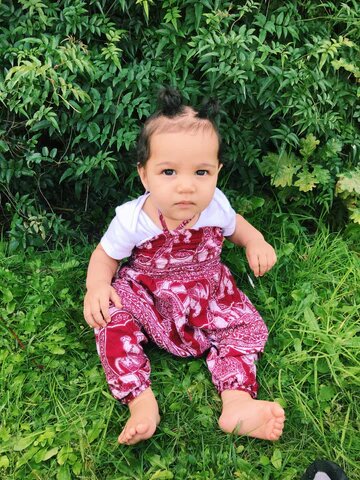There are many things to keep in mind when purchasing Children Clothing. Some things include fire safety, CPSIA compliance, and the fabrics that the clothing will be made of. You need to be sure you choose the best clothing for your children. If you do not, you could end up with clothes that are choking hazards or that have harmful chemicals. It is also important to be sure that the clothing is soft and gentle on your child’s skin.
Fashion followers
Fashion followers for children’s clothing have been around for centuries, but it’s only recently that they have advanced from being followers to being trend setters. Thanks to social media, kids have become a big part of the advertising equation. The latest kiddie fashion lines mostly advertise on social media and are sold out in seconds.
Among these fashion followers for children’s clothing are Haileigh Vasquez, who was listed in Footwear News as one of the most stylish kids of the year. Her style, while preppy, demonstrates a practical sense of style for school days. She’s got a big Instagram following of 135,000, and she’s also a contributor to magazines such as Teen Vogue.
Another example is Nour Arida, a nine-time Cover Girl who also has a career as a fashion designer. She’s worked with brands such as Sephora, Rimmel, and Boucheron, and her fashion line encapsulates all the important concepts in fashion.
Fire hazards
Fire hazards in children’s clothing are a serious concern. These accidents can cause fatal burns and require lengthy hospital stays. Parents must take steps to protect their children from these risks.
The Consumer Product Safety Commission (CPSC) regulates and monitors the manufacture and distribution of clothing for children. It is the duty of each consumer to read the labels and follow any care instructions for the garment.
Children’s nightwear should be labeled to indicate whether it is low, medium, or high in fire risk. Choosing a close fitting garment is the best way to reduce the chance of injury.
Nightwear that is made from materials that are less likely to burn is marked with a white label. Clothes that are made from natural fabrics are less likely to catch fire. Cotton, rayon, and synthetic fibres are among the most flammable fabrics.
Skin-friendly fabrics
Children’s skin is sensitive, so it’s important to choose clothes that are made from fabrics that are soft against the body. Parents should also look at the durability of the fabric and ease of cleaning.
The best fabrics for kids are natural fibers. Cotton and wool are great options, but there are other materials that are less reactive.
Polyester and rayon are not natural and may not be good for your child’s skin. They may not be breathable and may trap moisture against the skin. Also, they may be toxic.
Some textiles are designed to be more breathable, such as satin. These fabrics are easy to iron and keep the body warm. Satin is also a durable fabric.
Linen is also a natural material that is popular for clothing. However, it can be hard to wear and is not as breathable as other fabrics.
CPSIA compliance
Children’s clothing sold in the US must meet certain standards. The Consumer Product Safety Commission (CPSC) sets these rules and regulations. To ensure compliance, manufacturers, importers, and retailers must know what these rules and regulations are and how they apply.
Products for children 12 and under must be manufactured or imported to meet CPSC’s safety requirements. The CPSC also regulates phthalates and lead in products.
When it comes to phthalates, there are currently six banned types. However, there are exceptions for products that do not make contact with a child. For instance, natural fibers do not need to be tested for lead.
The CPSIA was created to improve the safety of children’s products. This includes toys and jewelry, as well as shoes and home furnishings. It is enforced by the CPSC and can result in fines of up to $100,000 and even imprisonment.
